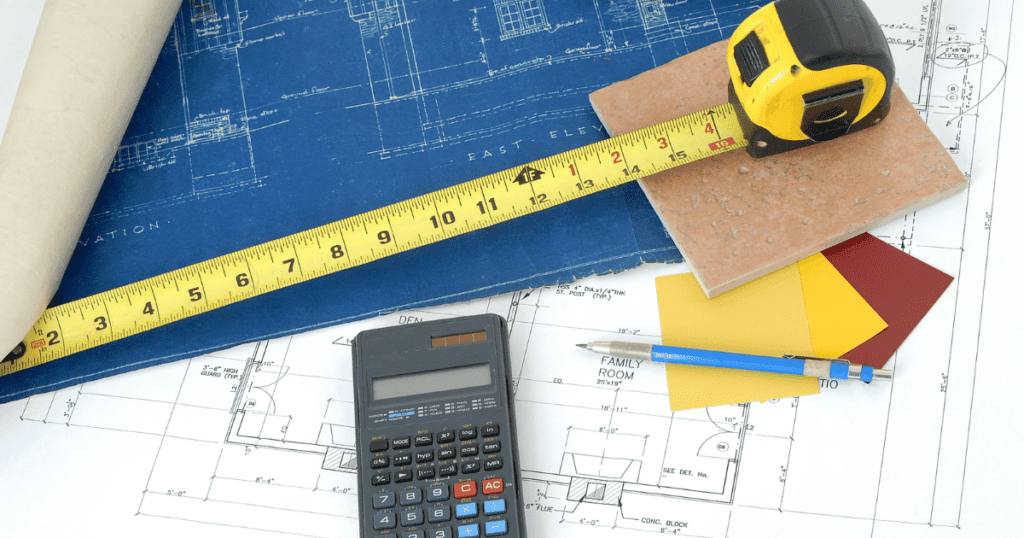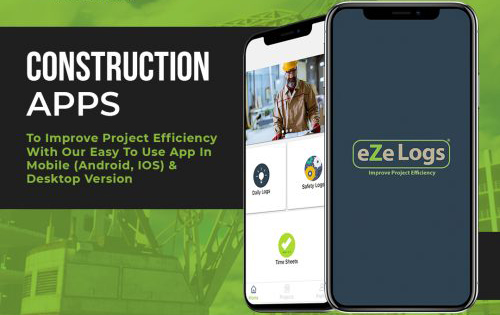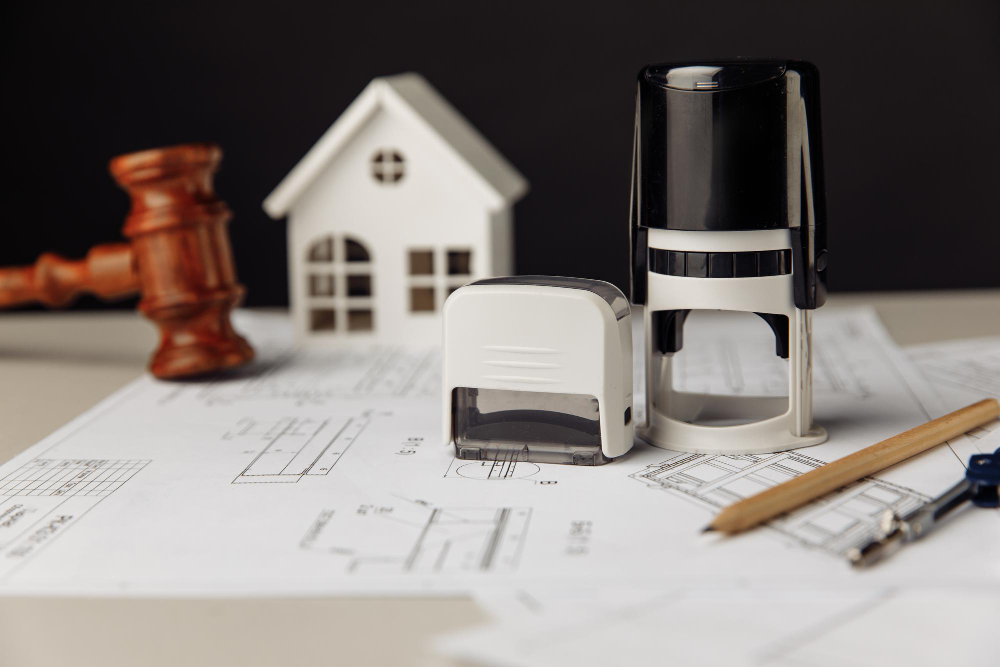Construction cost estimating is a fundamental aspect of any building project, serving as the financial blueprint that determines the feasibility, scope, and scale of a project.

Accurate cost estimates are crucial for developers, contractors, and clients alike, as they influence decisions, budgets, and ultimately, the success of the construction process. Understanding what construction cost estimating entails and how to calculate it is essential for anyone involved in the construction industry.
Construction Cost Estimating
At its core, construction cost estimating involves forecasting the total expenses required to complete a construction project. This includes everything from the cost of materials and labor to equipment, permits, and potential contingencies. The goal is to provide a realistic and detailed projection that can guide financial planning and ensure the project remains within budget.
Cost estimating is not a one-size-fits-all process; it varies depending on the project’s complexity, location, size, and type. For instance, estimating the costs for a residential building will differ significantly from that of a commercial skyscraper or an industrial facility. Moreover, the accuracy of an estimate can depend on the stage of the project—whether it’s in the conceptual phase or the final design stage.
The importance of accurate cost estimating cannot be overstated. Underestimating costs can lead to budget overruns, project delays, and in some cases, project abandonment. On the other hand, overestimating can result in inflated budgets that may scare off potential investors or clients. Therefore, a well-prepared estimate balances precision with flexibility, accounting for both the known and unknown variables that could impact costs.
Components of Construction Cost Estimating
A comprehensive construction cost estimate typically includes several key components:
1. Direct Costs
Direct costs are expenses that are directly attributable to the construction work. These include:
- Materials: The cost of all physical materials required, such as concrete, steel, wood, plumbing fixtures, and electrical components.
- Labor: Wages paid to construction workers, including hourly rates, overtime, and benefits.
- Equipment: Costs associated with the rental or purchase of construction machinery, tools, and vehicles.
2. Indirect Costs
Indirect costs are expenses that are not directly tied to construction activities but are necessary for project completion. These include:
- Permits and Fees: Charges for obtaining the necessary building permits, zoning approvals, and inspections.
- Insurance: Costs for liability insurance, workers’ compensation, and property insurance.
- Overhead: Administrative expenses, including office rent, utilities, and salaries for non-construction staff.
3. Contingencies
Contingencies are reserved funds set aside to cover unforeseen expenses or changes in project scope. This could include unexpected site conditions, design modifications, or price fluctuations in materials.
4. Profit Margins
Contractors typically include a profit margin in their estimates, which covers their expected earnings from the project.
Types of Construction Cost Estimates
Different types of cost estimates are used at various stages of a construction project:
1. Preliminary Estimates
Also known as conceptual estimates, these are rough calculations used during the early planning stages to assess project feasibility. They are often based on limited information and are less detailed.
2. Detailed Estimates
As the project design evolves, detailed estimates are developed. These include more precise calculations based on comprehensive plans, material takeoffs, and labor estimates.
3. Bid Estimates
Contractors submit bid estimates in response to a request for proposal (RFP). These estimates are highly detailed and include a breakdown of all costs, as they form the basis for contract negotiations.
How To Calculate Construction Cost Estimates
Calculating a construction cost estimate involves several steps, each requiring careful consideration and analysis:
1. Define the Scope of Work
The first step in cost estimating is to clearly define the project’s scope. This involves understanding the client’s requirements, the project’s size and complexity, and the specific tasks involved. A well-defined scope ensures that all necessary elements are included in the estimate, reducing the risk of overlooking important costs.
2. Perform a Quantity Takeoff
A quantity takeoff is the process of listing and measuring all the materials and labor required for the project. This is typically done using construction drawings, blueprints, and specifications. Quantity takeoffs are critical because they form the basis for material and labor cost calculations.
3. Gather Cost Data
Next, gather cost data for all items listed in the quantity takeoff. This includes current market prices for materials, labor rates, and equipment rental fees. It’s important to use up-to-date data to ensure accuracy, as prices can fluctuate based on factors such as supply chain disruptions or changes in demand.
4. Apply Unit Costs
For each item in the quantity takeoff, apply the corresponding unit cost. For example, if the project requires 1000 square feet of concrete, and the cost per square foot is $5, the total material cost for concrete would be $5,000. This step is repeated for all materials, labor, and equipment.
5. Include Indirect Costs
Once direct costs are calculated, add indirect costs to the estimate. This includes permits, insurance, overhead, and any other non-construction-related expenses. These costs are often calculated as a percentage of the direct costs, but they can also be itemized based on project-specific requirements.
6. Add Contingencies
To account for uncertainties and potential risks, add a contingency amount to the estimate. The percentage of the contingency fund varies depending on the project’s complexity and the level of risk involved. Typically, contingencies range from 5% to 15% of the total estimated cost.
7. Review and Adjust
After all components have been calculated and included, review the estimate for accuracy and completeness. Adjustments may be necessary if there are discrepancies or if new information comes to light. It’s also advisable to compare the estimate with historical data from similar projects to ensure it is realistic.
8. Finalize the Estimate
Once the estimate has been thoroughly reviewed and adjusted, it is finalized and presented to the client or used for internal budgeting. This final estimate will guide financial decisions and help ensure that the project is completed within the allocated budget.
The Role of Technology in Cost Estimating
The use of technology has significantly improved the accuracy and efficiency of construction cost estimating. Estimating software, such as ProEst, PlanSwift, and Bluebeam, offers tools for digital quantity takeoffs, cost database management, and real-time collaboration. These platforms streamline the estimating process, reduce manual errors, and allow for quick adjustments based on changing project conditions.
Additionally, Building Information Modeling (BIM) software has become increasingly popular in cost estimating. BIM allows for the integration of 3D models with cost data, providing a visual representation of the project alongside detailed cost estimates. This integration enhances communication between stakeholders and helps identify potential cost-saving opportunities during the design phase.


